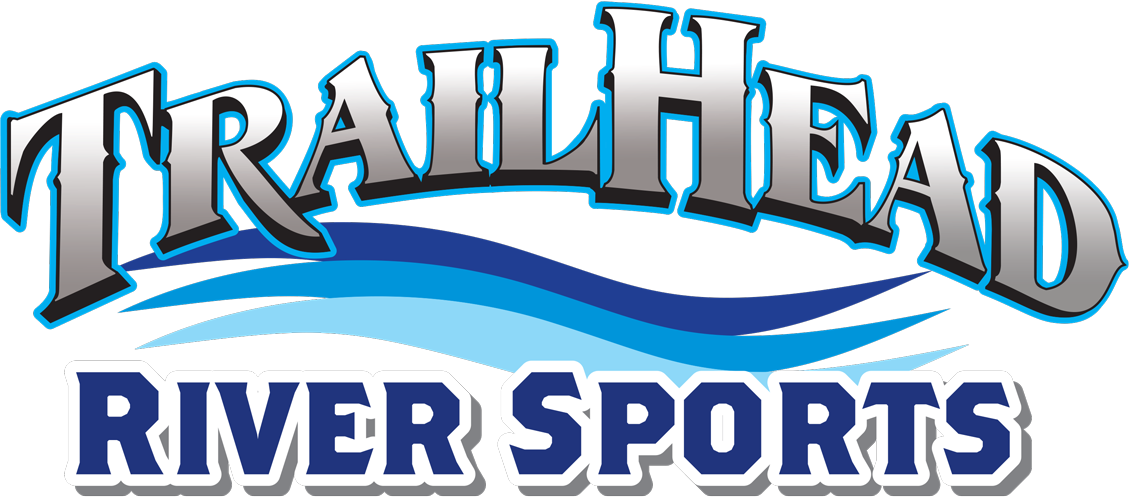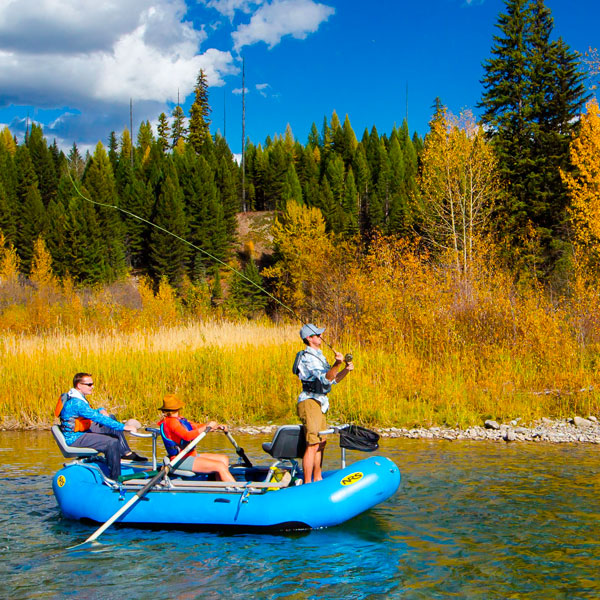Just because rafts are our bread and butter doesn’t mean we ignore all the new trends in the river sports world. So, when stand up paddle boards (SUPs) burst onto the scene a couple years ago, we figured we ought to familiarize ourselves. And, as it would turn out, these watercraft are just as diverse as everything else we carry. Board rocker, length, width, and construction material all affect how a SUP will perform on the water. There’s a lot to know. Luckily, here at the Trail Head River Sports, we’ve got your back with a quick and dirty primer on the SUP basics.
SUP shape adheres to the basic rules of watercraft — short and wide means better stability and maneuverability, at the cost of speed and efficiency. Because of this, river boards are typically the shortest and widest offering available, with the most ‘rocker’. ‘Rocker’ refers to how much upwards curvature the front and back of the board has, which translates to more maneuverability. This allows the paddler to navigate rocky whitewater with ease and stability. But you’re not going to make it very far on a lake with a river board, unless you don’t have a problem with going in circles. If you do, reach instead for a touring board. These long and narrow boards offer the best speed and efficiency, and typically feature a pointed bow that cuts through the water and improves glide. Of course, not all boards fall into one of these two neat categories, and many are a combination of both with features designed to maximize both efficiency and stability.
SUP’s vary in material composition, too. For inflatables, a ‘drop stitch’ construction with a PVC outer layer is the industry standard. ‘Drop stitch’ refers to a style of inflatable construction which features an inner netting that allows a board to be blown up as tightly as possible. Even with ‘drop stitching’ inflatable SUPs will not perform as well as hard SUPs, because some paddling energy will always be lost into the soft body of the board. Hard SUPs enjoy better efficiency due to their stiffness, which transfers paddling energy just to the water. Like kayaks or canoes, there is a variety of materials used for their hard outer shell. Polyethylene, or plastic, is the ‘price-point’ material, with fiberglass as the intermediate cost-wise, and carbon as the highest tier.
Once you decide on a board you’re going to need a paddle. To determine length, you can either add 10 inches to your height and go with that for paddle length, or reach your arm overhead and hold it. Whatever paddle meets the crook of your wrist will be dang close to a good fit! It’s important to remember that these are just general guidelines, though. You must choose your paddle with its intended usage in mind. Some paddle lengths and types will excel on a choppy river, whereas others are more suited to a lake. Similarly, like rafts, kayaks, or much of anything we sell, SUP paddles come in a variety of materials. Aluminum, plastic, wood, nylon, or carbon are a couple of the industry standards. The familiar boating adage holds true here, the lighter and more durable, the higher the cost.
Those are the not-so-basic SUP basics. Clearly, SUPs can do a whole lot. Maybe even more than you guessed. From a choppy whitewater, to a mellow Clark Fork float, all the way to a Flathead Lake cruise, you can bet there’s a board for the job. If any of those sound appealing to you, come stop by our store and consult our team for even more advice on your first SUP purchase.


